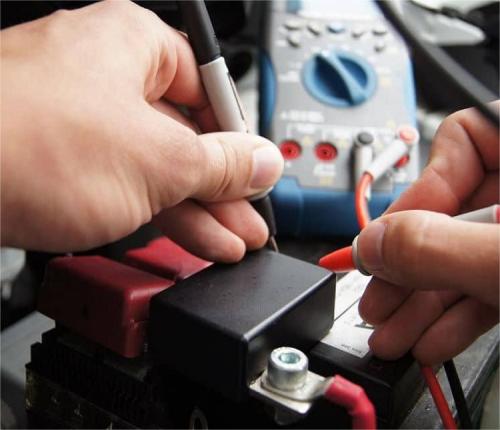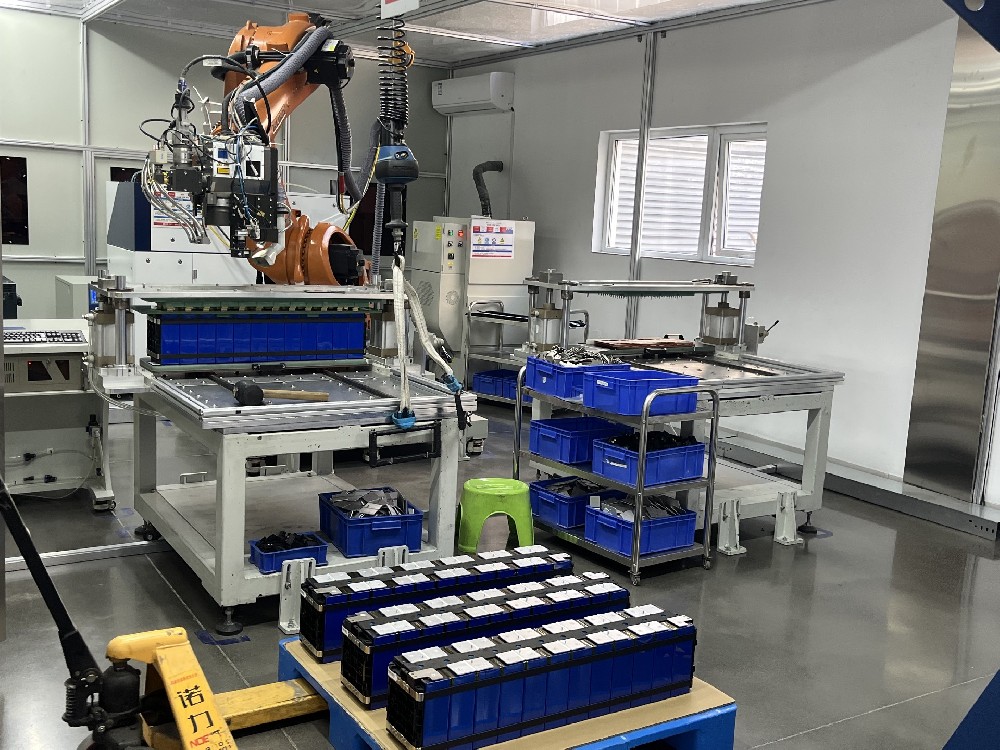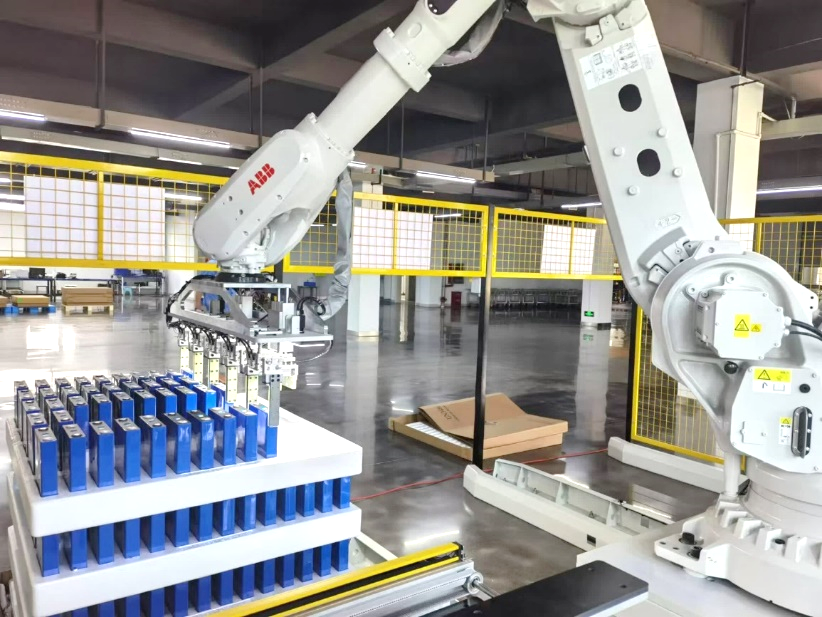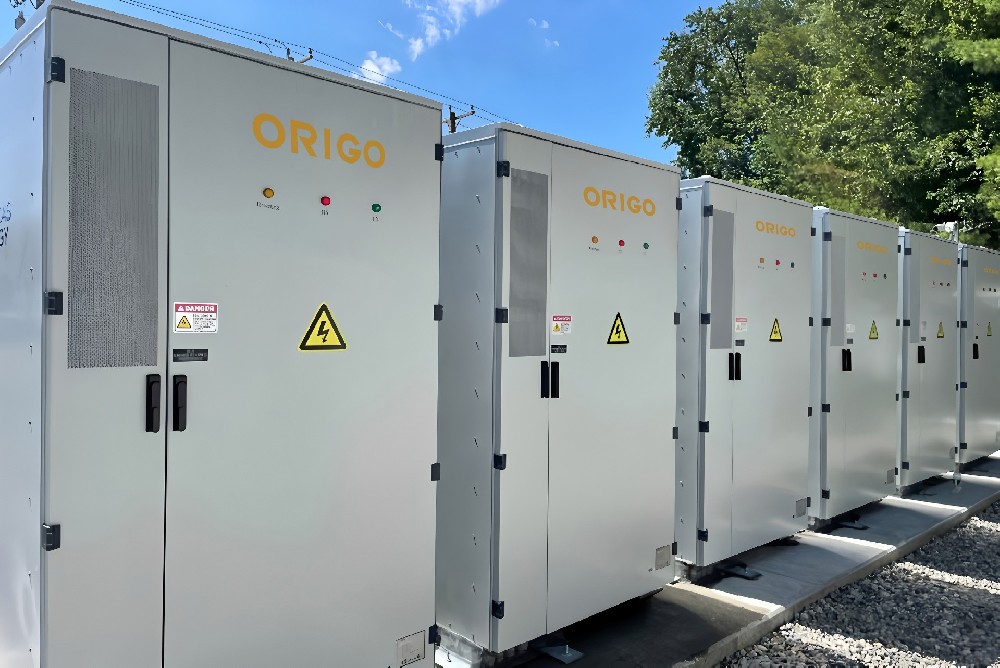Lithium-Ion Battery Care Guide
The grid-connected energy storage photovoltaic power generation system can store the excess electricity generated, increasing the proportion of self-generation and self-consumption. It is applicable in scenarios where there is no surplus electricity to be fed back to the grid, where the self-generated electricity price is much higher than the grid electricity price, and where the peak electricity price is much higher than the flat electricity price. The system consists of a photovoltaic array composed of solar cell modules, a solar controller, a battery bank, a grid-connected inverter, an ammeter detection device, and a load. When the solar power is less than the load power, the system is powered by both solar energy and the grid. When the solar power is greater than the load power, a portion of the solar energy supplies power to the load, and the rest is stored through the controller.
In some countries and regions, if a photovoltaic system was installed previously and then the photovoltaic subsidy was cancelled, a grid-connected energy storage system can be installed to enable complete self-generation and self-consumption of photovoltaic power. The grid-connected energy storage system can be compatible with inverters from various manufacturers, and the original system does not need any modifications. When the current sensor detects that there is current flowing to the grid, the grid-connected energy storage system starts to work, storing the excess electricity in the battery. If the battery is also full, the electric water heater can be turned on. When the household load increases at night, the battery can be controlled to supply power to the load through the inverter.







